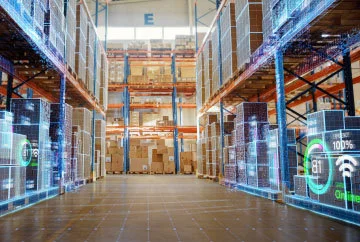While APIs have helped the cause, the need for continual data cleaning and formatting before preparation did not go well with AI companies. However, with businesses becoming more synchronous, granular, and self-actualizing, AI tools and automation are expected to aid and contribute to probabilistic synchronization for keeping pace with rapidly evolving market dynamics.
RPAs (robotic process automation) solved many of these hurdles with innovative, solution-driven use cases. These were able to automate repetitive processes via bots, extract data from a plethora of data sources, cleanse them, and send them back to the requisite files and database. But that was not why RPAs were built.
It led to the development of APA (Analytical Process Automation), which is designed to work in collaboration with RPAs in most cases. APAs are ML-powered, self-learning robots that can receive inputs from RPAs and other sources in real-time, handle structured and unstructured data simultaneously, and bring about data-driven automation. The combination of APA and RPA has helped in hyper-automation and data federation by automating high-volume tasks and bringing complex data sources under the periphery of analytic processes not available before.
Superior autonomous planning will take center stage
Today, the increase in the number of federated business components and their accelerating lifecycles are constantly posing challenges to the traditional mindset regarding the lifecycle of a process. It has stemmed from the progressive inculcation of artificial intelligence capabilities to complement traditional distribution center applications.
In addition, the rapid shifts in demand have led to traditional supply chain planning is insufficient to cater to the changing times. It has led to logistic companies bringing together the several elements of AI by imbibing autonomous planning on a large scale – a closed-loop planning process, fully automated and designed to improve supply chain processes in real-time. It combines AI technology mainstay – Big Data, with advanced analytics capabilities throughout the supply chain to drive holistic improvements.
Autonomous planning leverages AI in a never-seen-before avatar and requires more than hardware and software. It seeks to reduce human involvement and instead relies on advanced integrated analytics to create a link between demand forecasts and the company’s internal logistics and other processes. As a result, it plays an integral part in improving planning efficiency and real-time reporting of anomalies throughout the supply chain.
